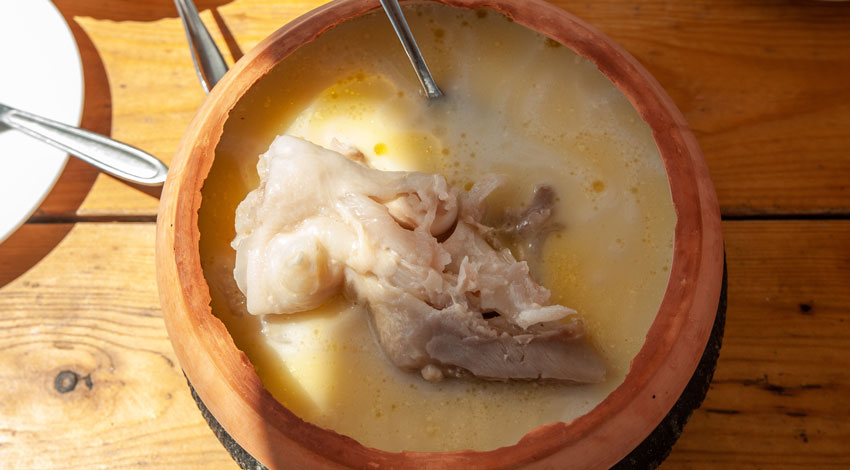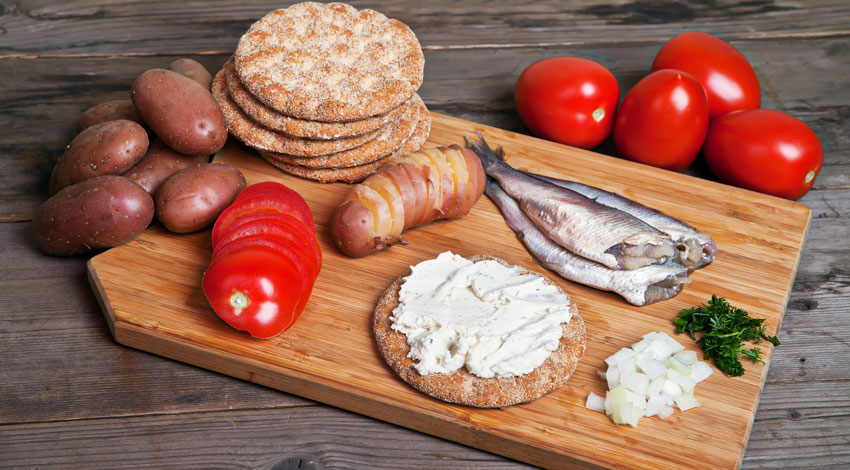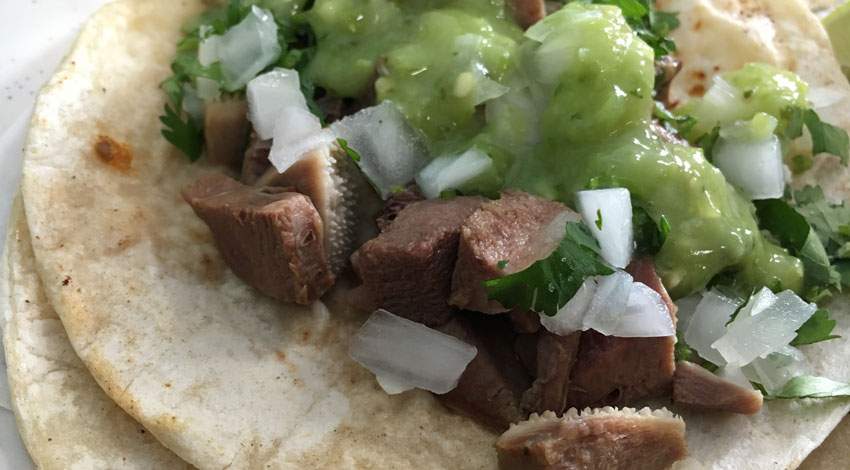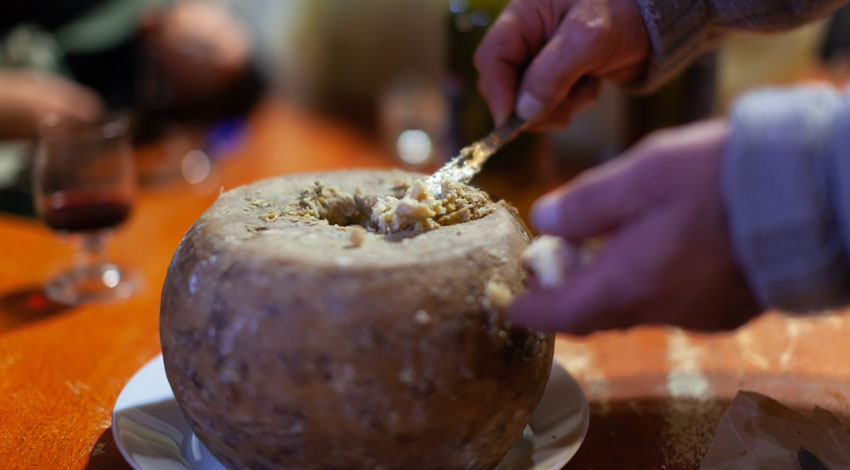Yuck or Yum? Five of the World’s Most Adventurous Foods
When it comes to food adventures, there are two types of people in the world — the adventurous eaters and the cautious ones. The adventurous eaters are the ones who willingly explore the uncharted territory of bizarre foods, while the cautious ones might be content with their trusty mac and cheese. But what makes some foods seem bizarre to some and delectable to others? Let's delve into the world of adventurous foods and explore some of the most peculiar delicacies that have left food enthusiasts both intrigued and repulsed.

Armenian khash in a clay bowl on a wooden table.
Khash
If you ever find yourself in Armenia or parts of the Middle East, you might come across khash. This dish, consisting of boiled cow or sheep’s feet, has a devoted following in these regions. To adventurous eaters, it’s a comforting, hearty meal akin to chicken soup for the soul. To others, the mere thought of consuming feet might send shivers down their spine. It’s a testament to how cultural perspectives shape our perception of food.
Khash, often enjoyed as a winter delicacy, has a history dating back centuries. The preparation involves simmering the cow or sheep’s feet for hours until the meat becomes tender and the broth rich and flavorful. While it may sound odd to some, those who have embraced the journey of trying khash describe it as a heartwarming and satisfying experience.

Swedish herring served with potato and tomato.
Surströmming
Surströmming, a Swedish specialty, takes fermented food to a new level. It's essentially fermented herring, but the pungent smell alone can make even the most adventurous eaters hesitant. Picture the strongest ammonia smell you can imagine — that's surströmming. But for those who dare to try, they might discover a unique umami flavor that's surprisingly enjoyable.
The process of making surströmming is a fascinating journey in itself. Herring is caught, salted and then fermented in barrels for several months. The fish undergoes a transformative journey during this fermentation, acquiring its infamous odor. The pungent aroma might be off-putting initially, but the flavor and texture keep them coming back for more.
Bird’s Nest Soup
Bird’s nest soup, a Chinese delicacy, is not as unusual as it may sound. It's made from the nests of swiftlet birds and is often considered a luxurious treat. While some might find consuming a bird’s nest unappetizing, others savor its unique texture and mild, slightly sweet flavor. It's a prime example of how food adventures can lead to discovering hidden culinary gems.
The bird’s nests used in this delicacy are not your typical twigs and straw but are composed of the solidified saliva of swiftlet birds. These nests are meticulously harvested and transformed into a luxurious and highly sought-after ingredient. When prepared as soup, the nests impart a delicate, almost ethereal quality to the dish. The texture is silky and slightly gelatinous, making it a luxurious experience for those who appreciate the subtlety of flavors and the artistry of culinary craftsmanship.

Tongue taco (taco de lengua) with coriander, onion and green sauce.
Lengua
Lengua, which means "tongue" in Spanish, might seem like an odd choice for a meal, but it’s a popular dish in Latin American cuisine. This delicacy involves slow-cooking a cow’s tongue until it becomes tender and flavorful. Adventurous eaters appreciate the melt-in-your-mouth texture and rich taste, while others might shy away from dining on a cow’s tongue.
The preparation of lengua is a culinary art form. The tongue is carefully cleaned, braised and then simmered in a flavorful broth until it reaches a state of tender perfection. The result is a dish that’s comforting and indulgent. Adventurous eaters often describe the experience of savoring lengua as a revelation, as the meat takes on the flavors of the broth, becoming a succulent and flavorful delight. It’s a testament to how food explorations can lead to discovering unexpected culinary treasures.

Famous Casu Marzu Cheese with Worms from Sardinia, Italy.
Casu Marzu
Casu marzu, hailing from Sardinia, Italy, is not your typical cheese. It's a sheep's milk cheese that goes through a unique fermentation process involving live insect larvae. While consuming a cheese teeming with tiny maggots may send shivers down your spine, some insist it offers an unparalleled creamy and spicy experience.
The creation of casu marzu is a labor-intensive and meticulously controlled process. The cheese is left exposed to cheese flies, which lay their eggs in it. As the larvae hatch and feed on the cheese, they break down its fats, transforming it into a soft, creamy delicacy. Casu marzu represents an exploration of taste and texture for thrill-seeking food enthusiasts. The creamy interior and lingering spiciness from the larvae create a complex flavor profile that challenges and excites the palate.
Book Your Food Adventures and Learn More With Road Scholar Today
In a world where adventurous eaters embrace the extraordinary, there’s always room for bizarre foods on the table. Will you be the one to challenge your palate and embark on a journey of taste and culture? The choice is yours.
